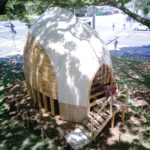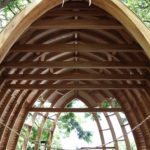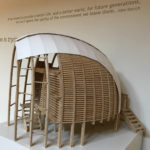Company:
Tropical J's Inc. Honolulu, HI
Project Details
Fabric 1
Précontraint 502
Producer:
Serge Ferrari North America Inc.
Supplier:
Trivantage LLC
Fabric 2
Textilene
Producer:
Twitchell Corp.
Supplier:
Trivantage LLC
Engineer Name 1
Ian N. Robertson, PhD, P.E.
Engineer Company 1
INR
Design Name
Jordan Barnes
Design Company
Tropical J's, Inc.
Architect Name
Joseph Valenti, D.Arch
Architect Company
Albizia Project
Fabrication Name
Tara Cabral
Fabrication Company
Tropical J's, Inc.
Project Manager Name
Joseph Valenti, D.Arch
Project Manager Company
The Albizia Project
Installation Name
Joseph Valenti, D.Arch
Installation Company
The Albizia Project
Please describe the project specifications
The Albizia Project is positioning a prolific invasive tree species to be a source of useful, abundant and high-value building material for Hawaii. The project evolved from a University of Hawaii School of Architecture student's dissertation into a full-scale housing prototype on the campus. The arched skeletal structure was built almost entirely from locally sourced and highly-invasive albizia wood, completed with louvered walls and a complex custom tensile fabric roof with vent cap.
What was the purpose of this project? What did the client request?
The prototype demonstrates an innovative design response to two socio-ecological issues in Hawaii–a nuisance tree and a severe housing shortage. The system intersects digital fabrication with kit-of-parts construction for a structure that can be quickly assembled, disassembled and relocated. All structural components are embedded with information for ease of construction. The fabric roof was a key element to express the organic form and complement the natural wood material. Dubbed Lika 1, the prototype is installed on the front lawn of the school of Architecture at the University of Hawai'i at Manoa campus.
What is unique or complex about the project?
In order to meet the installation deadline for the unveiling ceremony and blessing, manufacturing of both the wooden frame and fabric cover needed to occur simultaneously. Without the opportunity for procurement of 3D laser field measurements, our only option was to design the fabric covering from the same 3D model used to CNC the components of the structure. Since nearly every piece of wood was routed for precision cuts and streamlined production, the end result is a smartly paired structure and covering. The design respects Hawaii’s tropical climate with passive design strategies inspired by indigenous Pacific Island architecture. Notably, a screen mesh was welded into the fabric along the ridge beam and capped to allow warm air to ventilate but prevent moisture from intruding below. A large South facing screen window is shaded by the fabric overhang to allow for diffused natural light emphasizing the creative construction.
What were the results of the project?
The Albizia Project Lika (A1) Prototype will be a showcase installation at the University of Hawaii at Manoa campus well into 2019 and we are grateful to have had the opportunity to be one of many sponsors asked to participate in such a meaningful project. As further tribute to the forward thinking and innovative construction techniques used to re-purpose an invasive species of wood such as Albizia ferruginea, the project has been awarded the US Forest Service Wood Innovations grant for $250,000. The federal and international recognition garnered by standard and social media is encouraging and reassuring for all fans of sustainable construction as well as housing crisis advocates.
Content is submitted by the participant. IFAI is not responsible for the content descriptions of the IAA award winners.
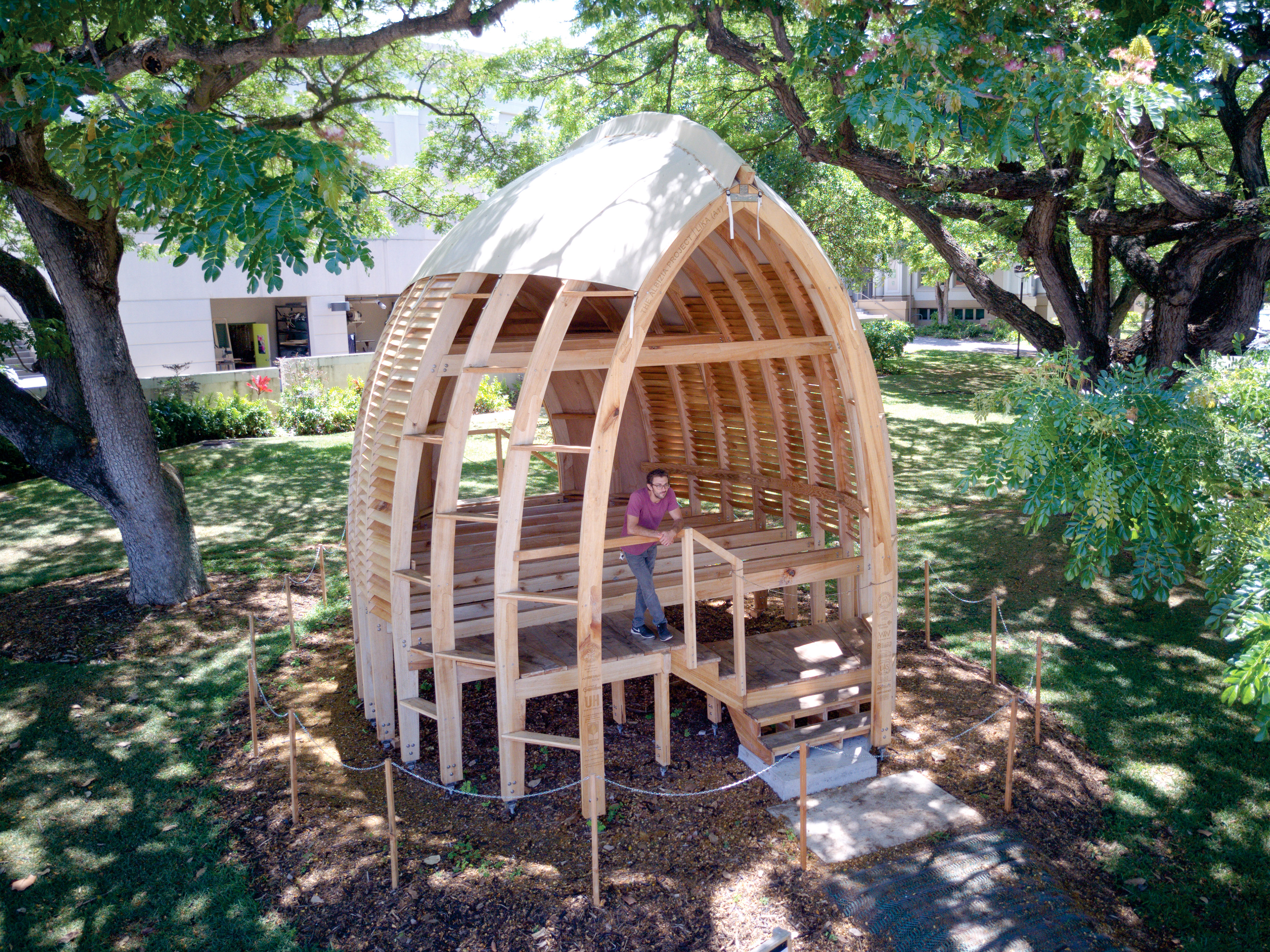
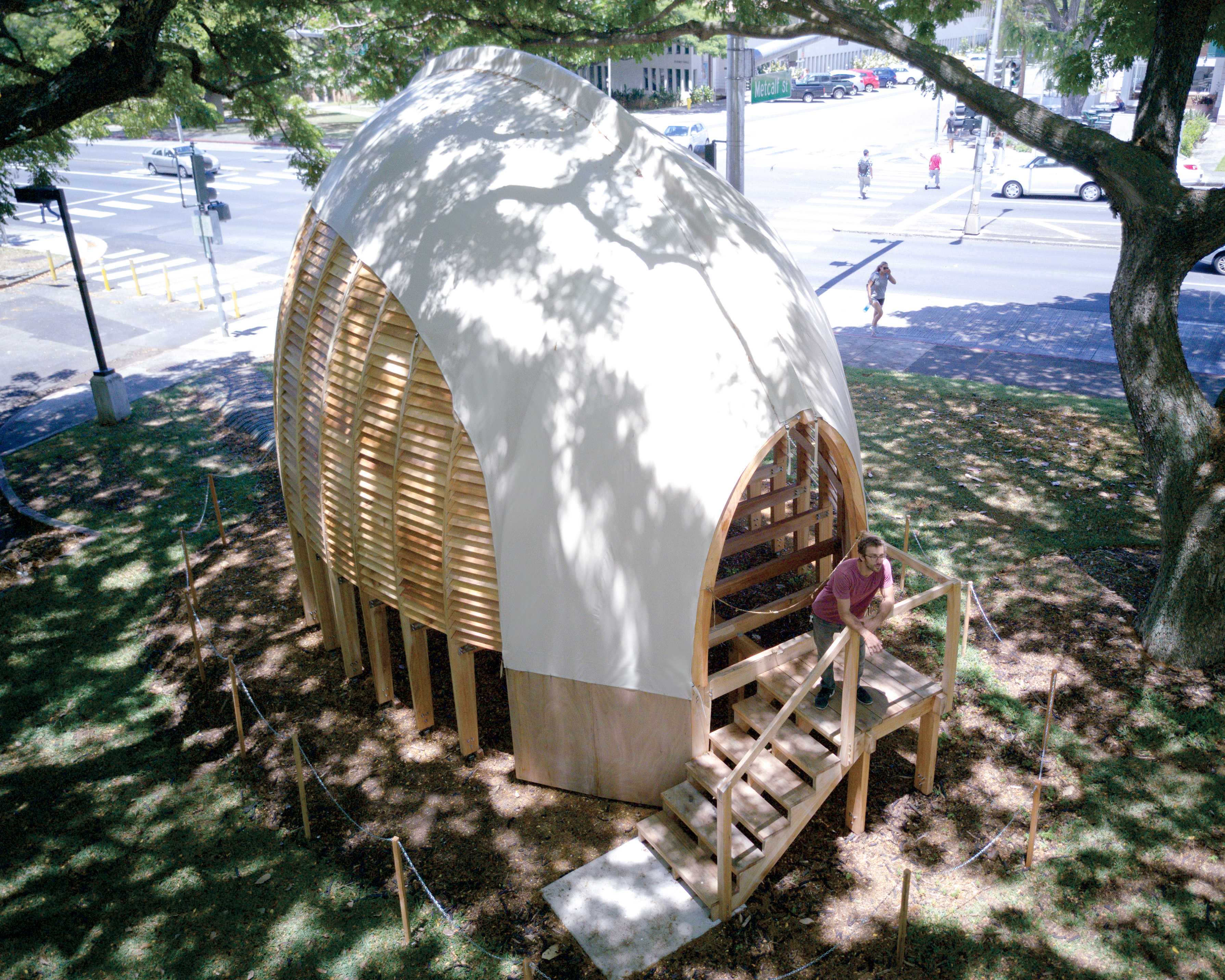
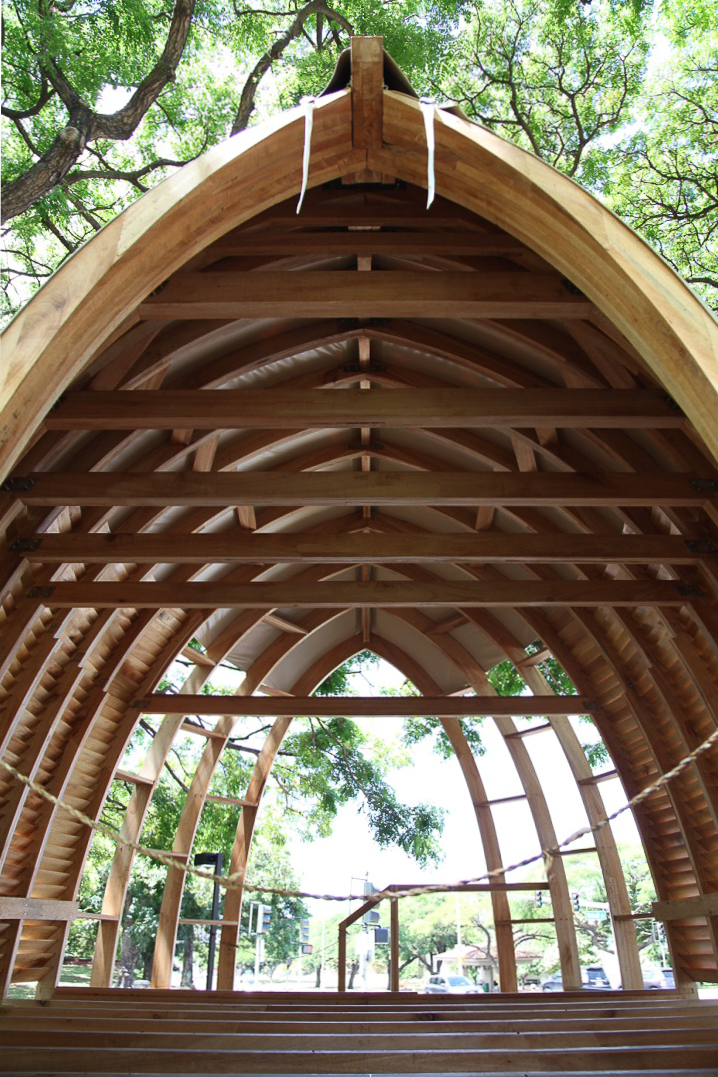
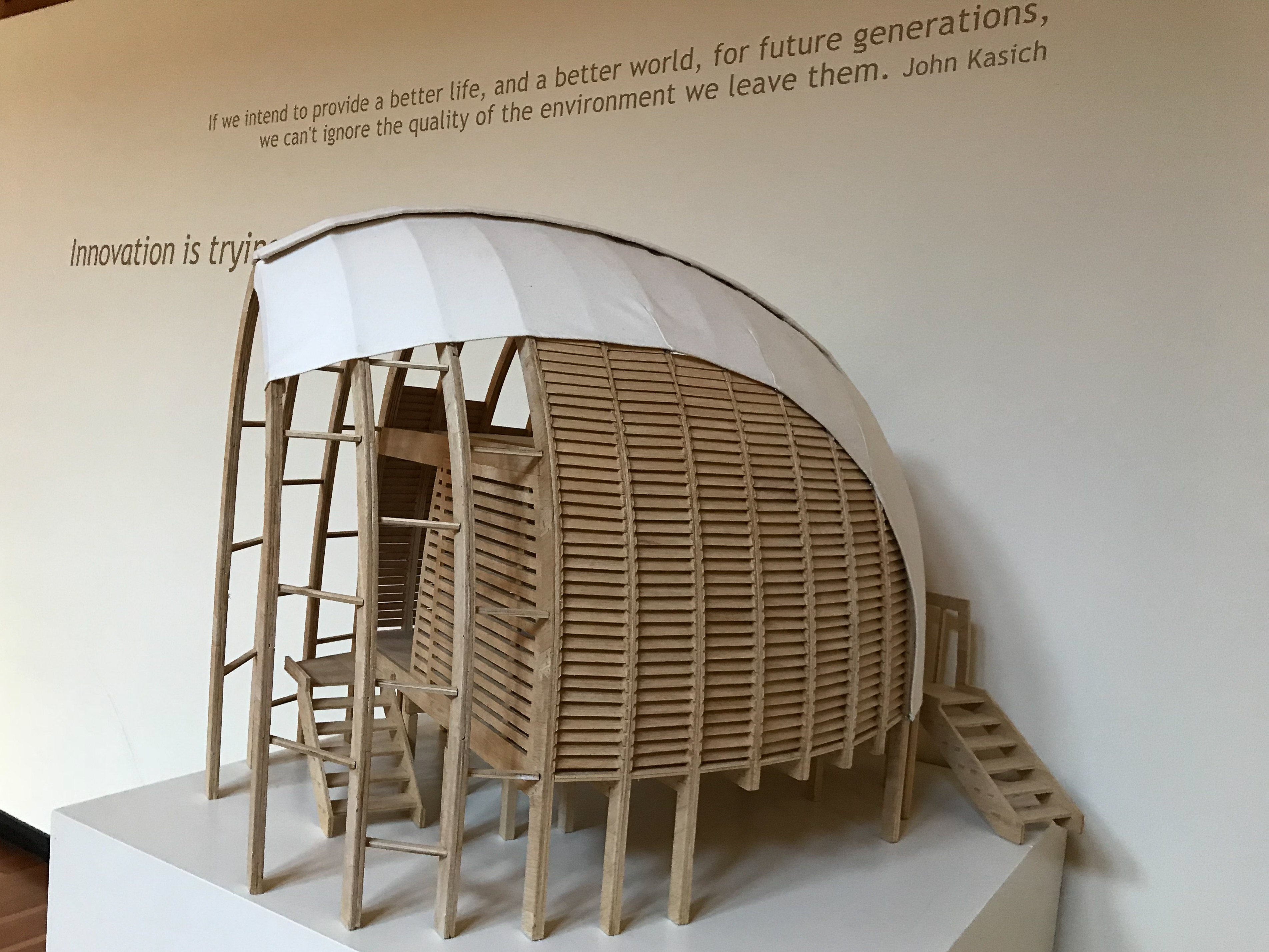
 TEXTILES.ORG
TEXTILES.ORG




